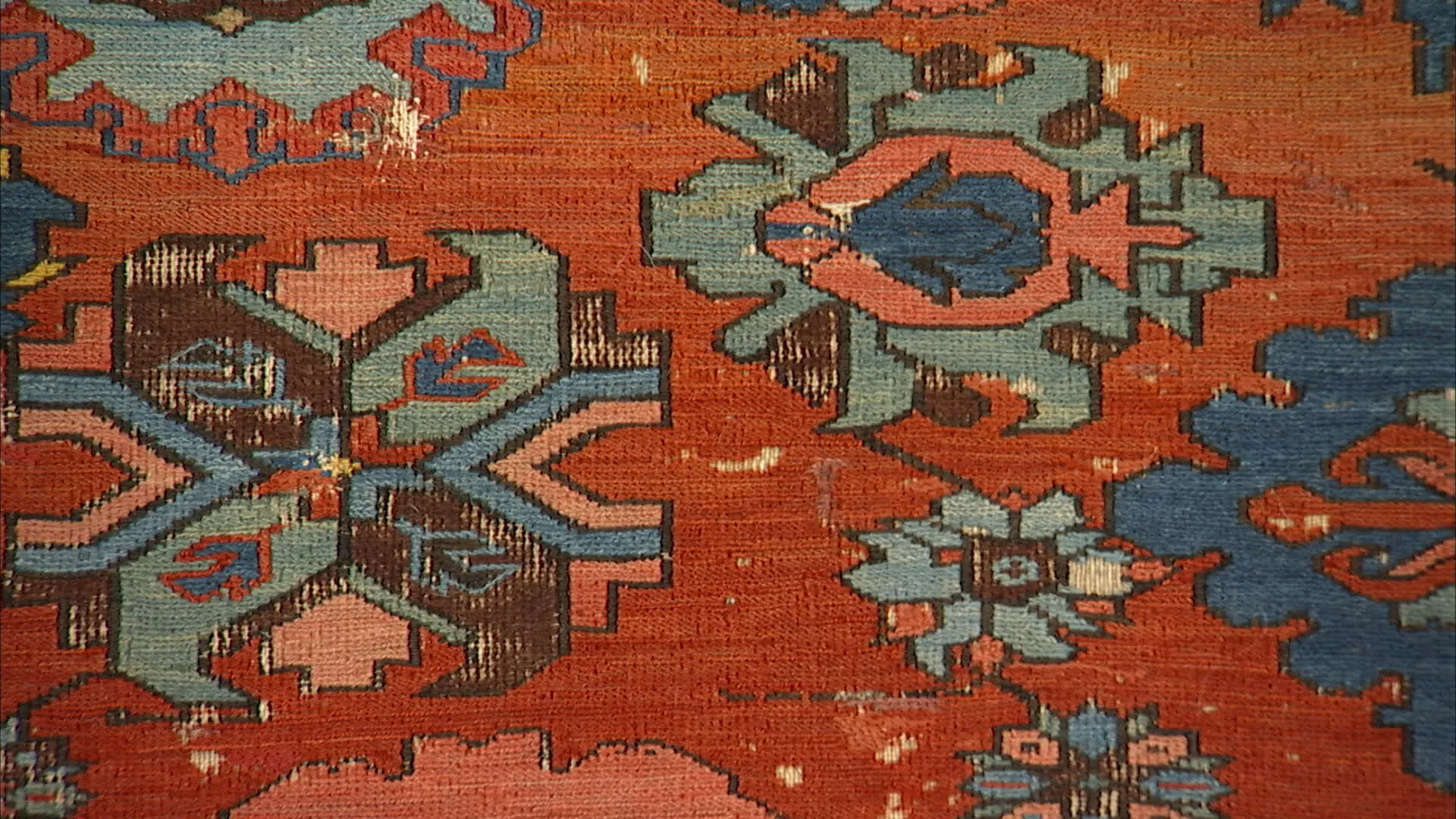GUEST: These are my grandparents and their first baby, Susan, my Aunt Susan. And they're on the shores of Lake Erie, looking at their baby, and that's actually where I grew up in the summer, at our summer cottage.
APPRAISER: And what town is it?
GUEST: This is in Huron, Ohio, which is very close to Norwalk, uh, on Lake Erie.
APPRAISER: Well, I see that the picture is signed down here, and it's another member of your family.
GUEST: It is. My grandfather, his sister married Charles Curran, who was a somewhat well-known American Impressionist painter, and he did a lot of painting of our family members, particularly along the rivers and creeks in, in Ohio, along Lake Erie.
APPRAISER: Well, it's dated right here by the signature, 1894. And Charles Courtney Curran was actually born in Hartford.
GUEST: Oh.
APPRAISER: But Hartford, Kentucky, not Hartford, Connecticut.
GUEST: Oh, I didn't know that.
APPRAISER: And he grew up in Ohio. He studied in Cincinnati, then New York, and then he studied in Paris, where he was very inspired by his teachers' paintings of peasants and landscapes. And what he became known for, besides painting landscapes and portraits, were these depictions of lovely women in idealized landscapes with dramatic clouds in the background, and they would sort of be bathed in sunlight, standing on a cliff or on a hill, and often it was an idealized rendition of Cragsmoor. And he started dividing his time between New York City and Cragsmoor, which is in the Hudson River Valley, where he had his studio, by the late 19th century. All day long at the ROADSHOW, we see portraits of people's uncles and aunts and grandparents, and I have to tell you, Ellen, you have the best-looking grandparents of any that I've ever seen.
GUEST: (laughing) And they really looked like that, too. (laughs)
APPRAISER: Well, this is a gorgeous painting, and it is oil on canvas. And another interesting thing here is that it has been painted gold here in all four corners, which, from a distance, gives the illusion that it's actually a larger frame than it is. Now, this round format might not be appealing to everyone, because it's kind of a fad from the late 19th century. Didn't you have a kind of vague idea of what you thought it might be worth?
GUEST: Well, I think that, uh, almost everyone in our family, as I was growing up, had a Charles Curran, because a lot of the lovely women were, in fact, my relatives and painted on the beach. And I believe that as people sold them off-- I'm one of the last people in the family who retains, um, a Charles Curran-- I think they sold them for about $6,000 to $10,000.
APPRAISER: Well, I think if you sold this at a retail gallery today, it might bring around $75,000.
GUEST: Oh, my goodness! That's amazing. Wow.
APPRAISER: It's, it's really a lovely work. Any time you have a woman in a white dress in a painting, the value automatically goes up.
GUEST: (laughs) Really?
APPRAISER: That's what people love.
GUEST: Well, thank you very much.












